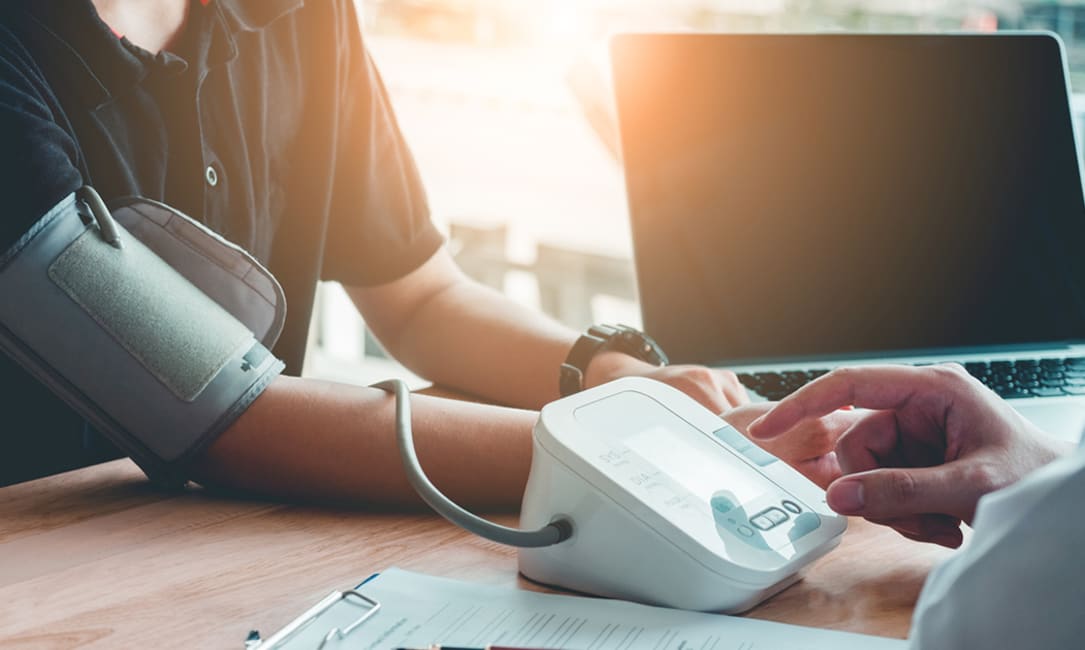Find the most common BP Monitoring DX codes in this article.

Blood Pressure Monitoring Common DX Codes
| I10 | I5033 | I255 | I771 | I1310 | I519 | I472 | R0609 |
| I110 | I5040 | I25810 | I87399 | I1311 | I571 | I4820 | R098 |
| I1130 | I5041 | I259 | I950 | I132 | I619 | I4891 | R300 |
| I119 | I5042 | I272 | I951 | I158 | I639 | I502 | R42 |
| I119 | I5043 | I2721 | I9589 | I159 | I6529 | I5022 | R55 |
| I120 | I50810 | I340 | I959 | I160 | I671 | I5023 | R609 |
| I129 | I5089 | I371 | R000 | I2510 | I672 | I503 | R7309 |
| I130 | I509 | I429 | R002 | I2510 | I708 | I5030 | Z136 |
| I131 | I517 | I471 | R030 | I25118 | I739 | I5032 | Z7689 |
| i5032 |
Remote blood pressure monitoring can:
- Help with early diagnosis. Self-monitoring can help your doctor diagnose high blood pressure earlier than if you have only occasional blood pressure readings in a medical office. Home monitoring is especially important if you have elevated blood pressure or another condition that could contribute to high blood pressure, such as diabetes or kidney problems.
- Help Track your treatment. The only way to know whether your lifestyle changes or medications are working is to check your blood pressure regularly. Monitoring blood pressure changes at home can help you and your doctor make decisions about your treatment, such as adjusting dosages or changing medications.
- Encourage better control. Self-monitoring can give you a stronger sense of responsibility for your health. You may feel even more motivated to control your blood pressure with an improved diet, physical activity, and proper medication use.
- Cut your health care costs. Self-monitoring might decrease your number of visits to your doctor or clinic.
